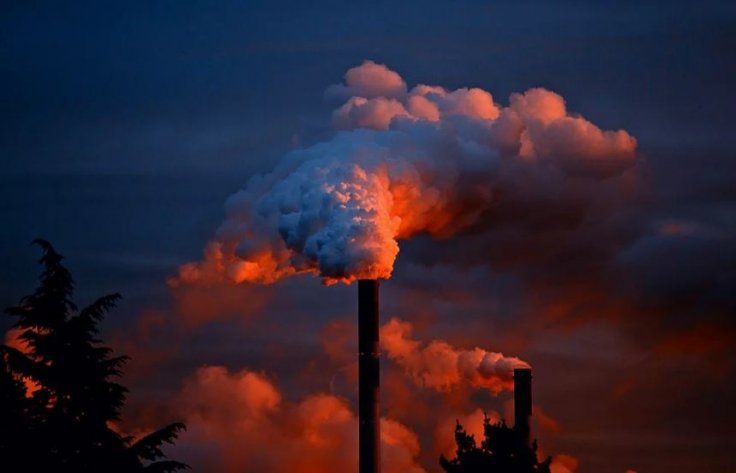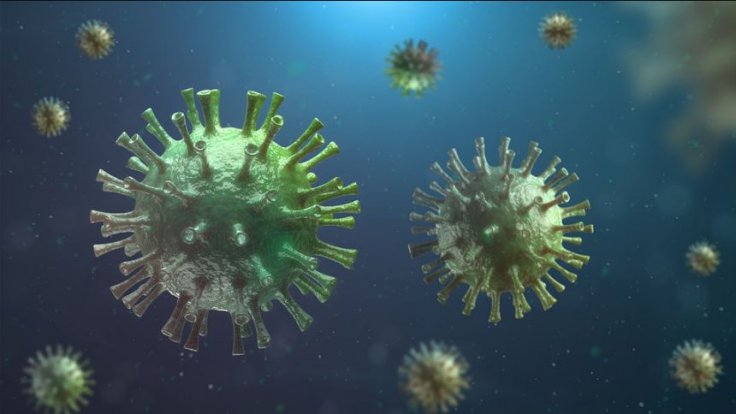As the role of several supplementary factors that made the assault of COVID-19 deadly are being learnt of every day, scientists have added another to the increasing list—urban air pollution. According to researchers from Emory University, long-term exposure to pollution in urban areas may have made the effect of the coronavirus infection more lethal.
Donghai Liang, co-first author of the study, said in a statement, "Both long-term and short-term exposure to air pollution has been associated with direct and indirect systemic impact on the human body by enhancing oxidative stress, acute inflammation, and respiratory infection risk."
Investigating Key Pollutants Across the US

For the study, the authors examined important urban air pollutants across 3,122 counties in the US between January and July 2020. The pollutants included nitrogen dioxide (NO2), particle matter (PM2.5), and ozone (O3). In order to establish a link between the severity of COVID-19 outcomes and ambient air pollutants, the researchers analyzed two primary death outcomes— the case-fatality rate and the mortality rate.
The case-fatality rate refers to the number of deaths among individuals who were diagnosed with the infection, while the mortality rate is the number of COVID-19 deaths within the population. These markers can signal the biological vulnerability to death due to COVID-19 and provide information about how adverse the effect of COVID-19 deaths is in the population.
Exposure to NO2 and Increased Mortality Rates
Among the studied pollutants, the independent correlation of NO2 with increasing an individual's susceptibility to death from the disease was the strongest. An increase of 4.6 parts per billion (ppb) of NO2 in the air was linked with a respective increase of 11.3 percent and 16.2 percent in COVID-19 case-fatality and mortality rate.

In addition to this, the team also discovered that a drop of a mere 4.6 ppb in long-term exposure to NO2 could have prevented 14,672 deaths among individuals who tested positive for the novel coronavirus infection. "Long-term exposure to urban air pollution, especially nitrogen dioxide, might enhance populations' susceptibility to severe COVID-19 death outcomes," said Liang.
Need for Awareness Between the Link
Though a marginally strong connection between PM2.5 exposure and COVID-19 case-fatality rate was observed, no remarkable association was found with ozone levels. Liang added that all the stakeholders in the health infrastructure must be made aware of the role of pollutants in aggravating COVID-19.
"It's essential to deliver this message to public health practitioners and policymakers in order for them to consider protecting vulnerable populations that lived in historically high NO2 pollution including the metropolitan areas in the state of New York, New Jersey, California, and Arizona," stressed Liang.

Unequal Impact of Air Pollution
Bringing attention to the health equity concerns of air pollution, Liang emphasized that the burden of NO2 pollution was not an equally shared one. According to the study, individuals from lower-income groups and of color face significantly higher exposure to ambient air pollution. They may also bear notably higher impacts of the pollutants.
With the choices of residency being limited, several sections of the population live around industrial sites or highways. This increases their vulnerability to air pollution. "The continuations and expansions of current efforts to lower traffic emissions and ambient air pollution might be an important component of reducing the population-level risk of COVID-19 case-fatality and mortality in the United States," concluded Liang.









